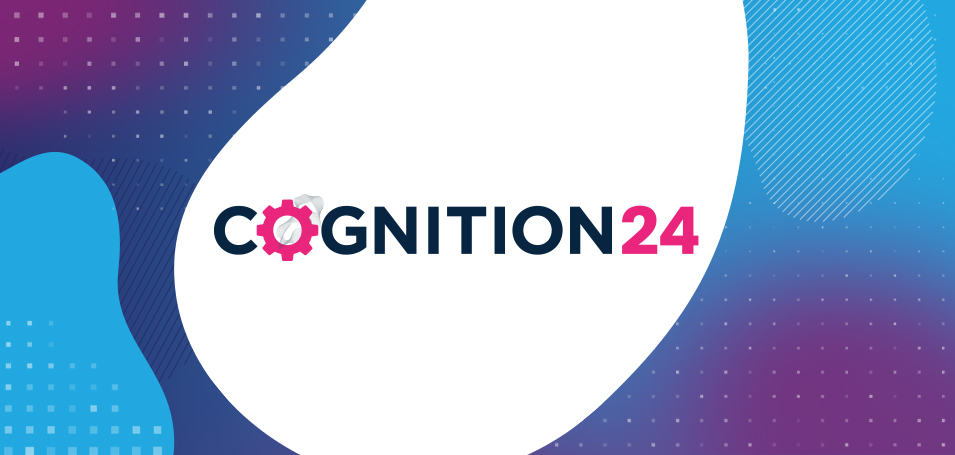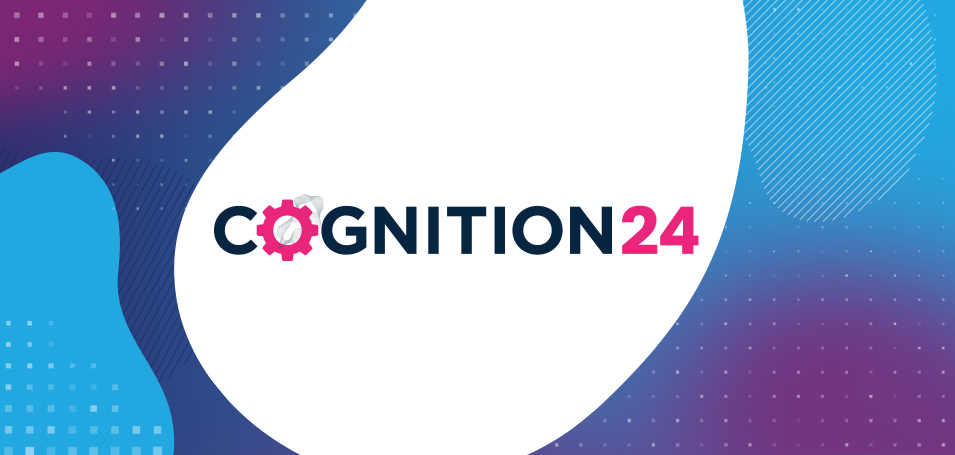Whether your marketing efforts are about your learning program or general sales, it can be easy to characterize customers as a vague collective. Sure, they’re united by an interest in your product, but otherwise, they’re a swirling mass of individuals.
There are ways in which you can categorize all those individuals into various groupings based on certain characteristics. It’s called a customer segmentation strategy, and it enables your business to fashion a clear idea of the different groups you’re selling to.
This same logic can be applied to education and learning experiences. Whether it’s marketing, an educational product, or a learning journey – as you begin to understand your audience, you can also begin to personalize their experience. Let’s see what’s involved.
How to Categorize Your Customers
This kind of marketing strategy can use any or all of the following six common forms of customer segmentation, helping you to identify what your audience looks like and understand the best ways to reach them.
1. Demography

Demographic segmentation is based on a wide range of information, such as customer age, gender, economic group, social status, education, marital status, and geographic location. The theory goes that people sharing key characteristics will likely share some common ground.
These might be an appetite for a particular product, a shared language, or a preferred mode of communication. For instance, baby boomer customers are statistically more likely to be interested in gardening and home products (such as vacuum cleaners or templates for home maintenance contracts).
What this means when applied to education is that you should consider these demographics when planning how to communicate with your customers and approach their learning journey. For example, young families are likely to appreciate a well-timed afternoon break so they can do the school pick-up. On top of that, they’re also likely to be pretty tech-savvy and prefer communication through group chats and social media.
2. Behavior
This is a basis for segmentation grounded in the type of interaction customers have with your brand.
For example, you may decide to segment out your customers based on those who prefer to have vide ocall tutorials vs. those who prefer to communicate through message boards and emails.
The important thing to consider is the way that your customers are interacting with the course or educational setting you provide. From here, you’ll begin to notice differences which you can analyse and use to provide a more personalized offering for your different students.
3. Value

This is a customer segmentation strategy based on—to put it bluntly—what that customer is worth to your business and what they cost.
You might identify that you’re spending a lot of money on customer support to answer the same questions for customers who don’t sign-up for a course. Here you’re spending a lot on customers who aren’t adding to your business. Therefore, look to find any patterns amongst these questions and consider adding an FAQ section or chatbot service.
4. Technography
Not a word that leaps to the tongue, but an important consideration nonetheless. It refers to how comfortable a customer is with the technological aspects of your products.
Suppose you have a segment of technologically proficient customers. In that case, you could target them with products and means of support that require a greater level of aptitude than the average customer.Of course, the idea then is to maintain a level of provision alongside this that caters to those with a more basic understanding. This way, you can expand your reach as far as possible.
5. Lifecycle Stage
Whereabouts in the customer journey a client is will determine to a great extent the kind of interaction they’re going to want to have with your product or organization.
New learners and customers are going to have a lot of onboarding concerns. These are often just operating instructions but might include far more esoteric matters. A west coast car buyer may want to offload their previous model, in which case they may need help navigating their way around a California auto bill of sale or advice on picking a dealership.
The same goes for education, a new learner may need a tutorial showing them how to use the online platform. Whereas a returning student may appreciate being able to skip this information and instead prefer a more in-depth look at what resources are available to them.
6. Psychography
And you thought technography was a strange term. The wonderfully-named psychography is all about feeling and mood. It’s what the marketer infers from behavior and background to produce a well-rounded idea of who we’re selling to.
Psychographic segmentation is a way of visualizing a customer by creating a model construct of who it is that’s buying our products. It’s often easier to think about a ‘real’ person like this rather than the more empirical data thrown up by the other methods.
How to Conduct Customer Segmentation
Collect customer data
To furnish yourself with an accurate picture of your customer base, you need to start your market segmentation strategy by going where they are. So this means face-to-face data gathering if you have a large body of 1-to-1 or in-person customers.
Or, if dealing with clients that use your services autonomously, a survey conducted via the website or by phone could be the way forward. And don’t forget social media—a lot of data gathering is done via forms on TikTok and Twitter. Wherever your customers tend to hang out is where you need to seek them if you want a representative sample of your customer base.
Analyze customer data
The analysis stage depends a good deal on what kind of data you’re gathering.
Personal background details that you’ve recorded on a clipboard from questions asked face-to-face are likely to be demographic information, which can then feed very easily into subsequent segmentation.
However, if you’re collecting learning data, then you’re likely to need more in-depth and well-considered questions. You’ll want to consider what content your students are considering, what they’re using your course to achieve, and whether they’re participating in a customer community. Combining these insights can then feed into your behavioral, psychological, or technographic segments. So you have the data you need to build up the richest segments possible.
Create customer segments
Once you have the data, you can set about creating your customer segmentation strategy. It might be that you go for simplicity, for instance, favoring a purely demographic approach. Sometimes it makes sense to set out to limit the strategy to what’s manageable.
As your company grows, you can introduce greater complexity into your segmentation, which can lead to even greater growth.
For example, knowing what age group tends to be interested in your learning product is a good demographic insight. However, augmenting this with understanding how that demographic chooses to engage with your business is a tremendous insight, delivered by using a combination of demographic and behavioral segmentation.
Validate customer segments
As with all good statistical studies, you need to impart a degree of solidity to your analysis by validating your segments. What does this mean? It means using a statistical approach such as regression analysis to demonstrate that your customer segmentation strategy has a basis in facts, as shown by the figures.
To be able to show that your segmentation is statistically sound rather than just being constructed around a convenient set of customer archetypes will lend your strategy greater authority going forward.
How to Understand Your Customer Segments
So, you have a customer segmentation strategy. Well done. However, its value lies in what you then go on to do with it, no matter what type of segmentation you’re using.
Learn the characteristics of each customer segment
Consider different psychographic segments. Put yourself in their shoes. What are their values? What are their hopes? How do these characteristics translate in terms of interactions with your brand?
What position are they in? Are looking to get certified in a new field, starting from scratch? Or a construction business owner wanting to update their business and learn specific skills, like how to create a PandaDoc roofing template?
Understanding your customer’s needs is the first step in meeting them. Then consider how these characteristics might change as societal needs shift over time.
When it comes to dealing with customer segmentation, it can often be as much about asking yourself the right questions as anything else.
Understand their needs for a personalized learning experience
One of the beauties of customer segmentation is that it allows you to provide a personalized experience. And personalization’s where it’s at.
Segmentation gives a business a great way of giving a tailored experience without actually having to tailor individually to each and every customer’s unique characteristics.
Study the motivations and behaviors of each segment
If you have a technographic segmentation, think about how different levels of expertise impact a customer’s desire to learn about new products and how likely they are to want to buy them.
Also, consider the best way to alert them to new products and training opportunities, whether via digital means or post. Think about how best to educate the customer so that they achieve fulfillment and you build demand for your product.
Identify the most profitable customer segments and how to curate their learning experience
Make no mistake, as fascinating as customer segmentation strategy development can be purely in and of itself, at the end of the day, it’s all about marketing and sales. To this end, you have to focus on which of the segments you’ve identified will be most eager to buy or upsell.
Yes, you can also look at those other segments which are yet to show much appetite for your learning product—they may form excellent opportunities for expansion if you can formulate your offer in a way that appeals to such potential customers.
But your main goal here is homing in on what’s more profitable, i.e., your target market. And once you’ve got a good picture of them, how you can interact with their preferences to enable them to learn about your products in a manner that best suits them.
Customer Segmentation is Key to Sustainable Growth
So, there you have it. Customer segmentation strategy in a nutshell. The benefits of customer segmentation are huge. You can’t beat it for giving your business the tools to target high-profit sales in a manner that best suits the customer and makes them most happy. And completing sales that leave customers happy is what it’s all about.
Customer segmentation helps you widen your customer base while constantly improving and tailoring your services to these customers. At its core, customer segmentation is a wonderful tool for anyone whose business goals include wishing to get to know their audience better. That’s you. Or it certainly should be.
Yauhen Zaremba is the Senior Director of Demand Generation at PandaDoc. Yauhen is a growth-focused market leader with more than 14 years of B2B and B2C marketing experience. For the past seven years, he has focused entirely on the electronic signature, proposal, and document management markets.




